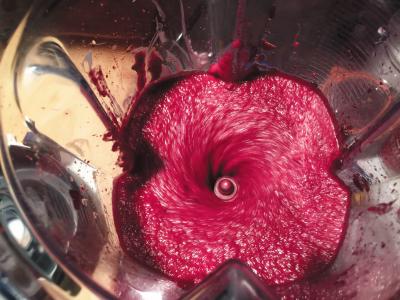In Praise of Paper and Bindings
In Praise of Paper and Bindings
“Book Love” by the editors Bill Henderson and James Charlton looks like a sweet gift book, from its title to the baby blue of its cover, from that cover’s image of two pages curving together to form a glowing heart to the volume’s diminutive 5 1/2-by-7 1/2-inch size and 130 whimsically illustrated pages.
Don’t be fooled. From his bunker in Springs Mr. Henderson has enthusiastically loaded his introduction with mortar shells targeting the encroachment of the digital book, which he likens to an unwanted weed or a voracious carp. Among the salvos: In digital distraction we’re losing our ability to read at length and with true comprehension; thought itself may be on its way out. In thrall to technological innovation, we are unwittingly unraveling the mind-advances made since the Renaissance (he cites Nicholas Carr in this passage).
One round zeroes in on the supposed environmental benefits of the proliferation of e-readers like the Kindle: the saving of trees. But what about recycled paper? And as the Western states bumper sticker says, “If it can’t be grown, it’s gotta be mined.” In the case of the digital reader, that would be metals, often from Africa, with all the problems of politics and exploitation that implies.
But then “Book Love” moves on to its more than 600 quotations, in a trinity of groupings: Books, Readers, Writers. Sticking to the theme of Mr. Henderson’s introduction, here’s Nicholson Baker — the author of “Double Fold,” which famously excoriated libraries for dumping old newspapers in the name of nothing more than freeing up some storage space — on the book as object: “It is rectangular and thick, heavy enough to stop a bullet or press a leaf flat. It will, you think, never let you through. And then you begin to lean into it . . . and you’re in. You’re in the book.”
This one’s published by, who else, Mr. Henderson’s own Pushcart Press and sells for $15.50.


